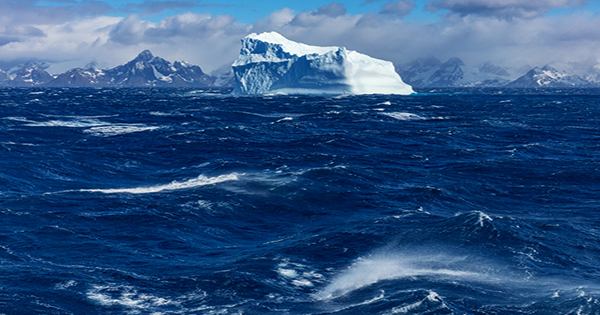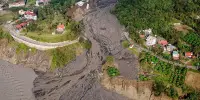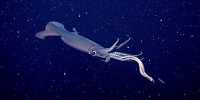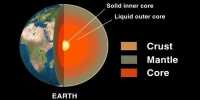The Larsen Sea Ice Shelf has lost a huge iceberg. The A-68, it was dubbed, was 12 percent of the entire ice shelf, with a surface area of 5,800 square kilometers (2200 square miles), back in 2017.
For two years, a trillion-ton piece of floating ice was localized and a piece (A-68B) spread, but 10 months ago it also went into open water outside Antarctica. It lost another part of it (A-68C) in April. For the past seven weeks, icebergs have begun to move to the island of South Georgia. The risk of it coming to the neighborhood is deadly and it is a threat to communities of penguins, seals, and many species living on the beach.
Iceberg experienced a few more breakups, over the last week. Last week, the 18-kilometer (11-mile) long piece broke the core of the A-68D dab, now known as the A-68A. This breakup was probably caused by the iceberg hitting the ocean floor where it was only 200 meters (656 feet) deep. Large cracks followed suit throughout the iceberg, and on Dec. 22, two more large cracks broke into pieces; A-68E and A-68F. The A-68A is now half its size, but it and its newly formed piece remain a current threat to the island as they continue to follow ocean currents.
Professor Geraint Tarling, an ecologist at British Antarctic Survey, said in a statement, “Icebergs can cause catastrophic damage to the oceans by killing sponges, fragile stars, worms, and people from the sea-urchin community, so biodiversity is declining. These communities help them store large amounts of carbon in their body tissues and in the surrounding silt. The destruction of the iceberg will return this stored carbon to the water and possibly the atmosphere which will have a more negative impact.”
“However, while we are interested in the effects of the new arrival of the A-68a in South Georgia, not all the effects of its path are negative. For example, when traveling through the open ocean, icebergs emit large amounts of mineral dust that will fertilize the plankton around them and will benefit them and break the food chain.”
All of the recent pieces are currently being chanted by the South Antarctic Circular Polar Front. It is a fast-moving stream of water that swirls across southern Georgia and can throw four icebergs into the northernmost trajectory. The iceberg will be studied in close proximity to a British Antarctic survey mission starting next month.
















